The Behind-the-scenes Team of Decomposing Corpses and Building Prosthetics to Explore The Battle at Lake Changjin’s Most Important Taste
Special feature of 1905 film network If you pay close attention to the movie credits, you will find a special department — — Corpse prosthetic prop group.
This department has been standard in Hollywood blockbusters, but it is the first time in domestic films.
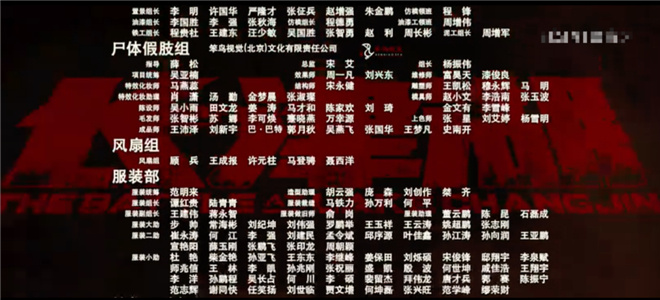
Realistic injuries, delicate prostheses and tragic corpses have become an indispensable part of the film through the skillful hands of these behind-the-scenes craftsmen, allowing the audience to feel the cruelty of war and the fearless sacrifice spirit of the volunteers.
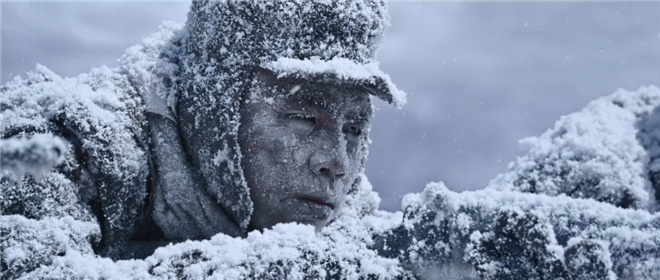
Xue Song, director of The Battle at Lake Changjin’s series of cadaver prosthetic props, revealed that they produced a total of 110 corpses and a large number of corpses and injuries for the film, the largest scale of which was made in China.
In this issue of Behind the Scene, let’s follow Xue Song to explore this little-known special department together.

tirelessly seek improvement
Restore the cruelty of the battlefield with details
What is the responsibility of the "corpse prosthetic prop group", which sounds a little mysterious and scary? Xue Song summed it up with four key words: "Scar and corpse blood".
"The first is the design of the blood effect of the injury; Second, it is necessary to solve the production of prosthetic props and cosmetic materials for corpses; The third is to complicate the execution in live shooting. "

Once upon a time, the scenes of death and injury in war films were mainly played by extras. However, with the development of visual effects technology and the increasing demand of audiences for war films, professional cadaver prosthetic props departments came into being to create effects that real actors could not achieve.
"For example, burning, burying, crushing, hanging, flooding, rotting, etc., this kind of thing is impossible for a real actor." Xue Song said, "You can also use artificial limbs to connect with real actors. For example, the body has been exploded in two parts, and it is impossible to use real people to do this effect. We need to use artificial limbs to connect with real people."
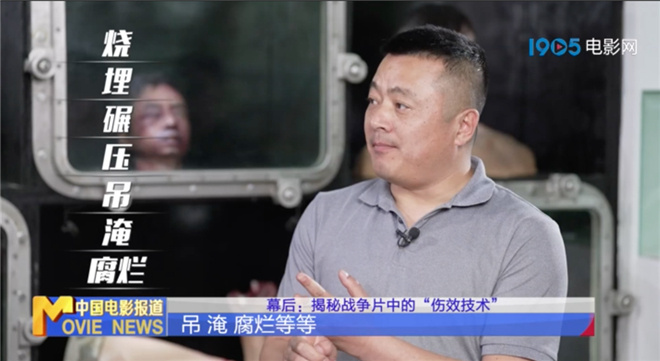
In this case, it is necessary to pay special attention to details and realism. "The reduction degree of the’ corpse’ and the real person should reach more than 90%, and it must withstand the level of large close-up and meticulous shooting of pores. The direction of hair scales, the texture of the skin, the blood vessels under the skin, the posture of death, and the expression before death must be restored. "
Take The Battle at Lake Changjin as an example. In the scene of fighting in a residential building in the Mid-Levels, an American soldier’s body was crushed by a tank in the process of fighting, so he needed to use a "corpse" to meet the actor.
It takes about 20 days to make such a "lifelike" corpse, from the scanning, modeling and sculpture of actors to the restoration of injuries and the texture of hair and eyeballs. The effort is reflected in the details.
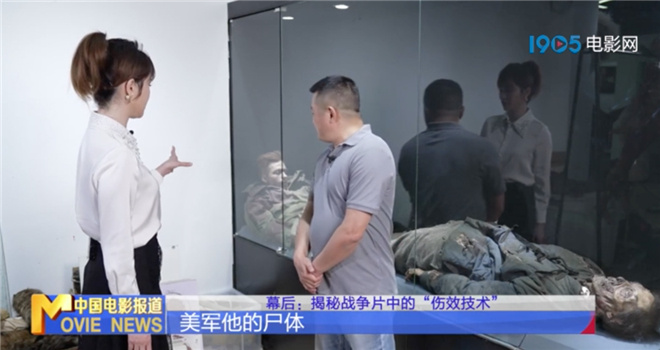
Another common use of props such as cadaver prostheses is to "lay out the battlefield", which shows the extreme environment of the battlefield with a large number of corpses, body pieces, plasma and so on, showing the tragic cruelty of the war.
In The Battle at Lake Changjin, Wu Wan Li, who plays the first time in the battlefield, lies on the dry river bed with his comrades to avoid the US bombing, which is impressive. The air-dried bodies around the soldiers are also chilling.
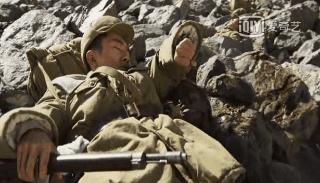
During the production, Xue Song and his team referred to the cold, dry and windy climate in northern Korea, and did not make the corpse rotten, but made it air-dried.
"The atrophy of muscles, the collapse of soft tissues, the exposure of teeth, and the natural aging of clothing after wind and sun have formed the final effect."

For this kind of corpse prop that doesn’t need to take part in the play with the actors, Xue Song pays more attention to the visual effect shown to the audience and the communication of the film theme in the design.
"This scene wants to show that Wan Li, as a recruit, really feels the cruelty of war, which is very necessary for his personal growth. Our task is to create a battlefield environment full of death and promote his growth."
Pay equal attention to technology and art
Advanced assistance for domestic war film technology
Prop making and special effect makeup of cadaver prosthesis are not only hard-core technical activities, but also need rich knowledge reserves, including human anatomy, forensic medicine, military medicine and so on.
"First of all, we must have an understanding of the human body, subcutaneous fat layer, muscle layer and bone layer. The whole effect design is carried out according to the human muscle tissue structure."
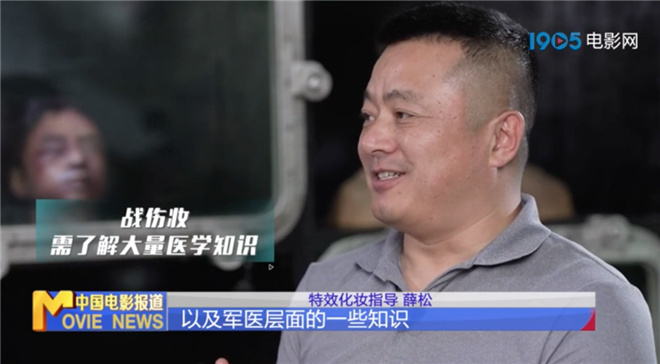
According to the different ways of injury, injuries can be divided into different types, from the simplest subcutaneous bruises to superficial scratches, knife wounds, gunshot wounds, injuries, burns, chemical injuries, biological injuries, mechanical injuries, etc. "For each play, we will do the restoration of injury effects and the design of injuries in the environment described in the script," Xue Song explained.
Take it as an example, the old iron who was shot in the face formed a penetrating wound. The entrance of the bullet was very small, but after tumbling in the human body, the exit "exploded" the whole muscle tissue. These injury effects were supported by medical knowledge.
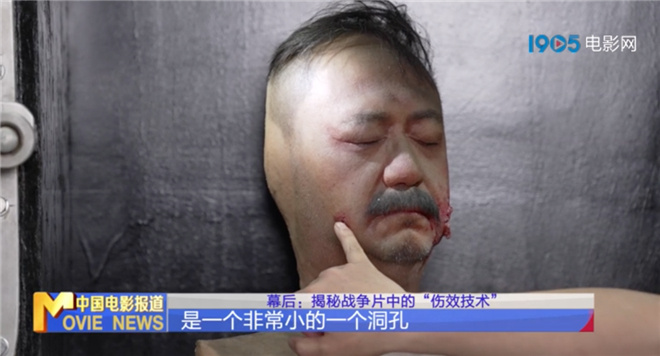
What is the difference between the wounds caused by pistols and rifles? What are the injuries caused by grenades, mines and incendiary bombs?
In order to restore the injury realistically, prop artists usually look through a large number of forensic anatomical illustrations and battlefield trauma materials to accumulate real materials.
Xue Song said with a smile that the team members, both boys and girls, are very "taste-oriented". Instead of being afraid of seeing pictures of various injuries, the first thought is "This injury is really beautiful. This person died with characteristics. I want to make them."
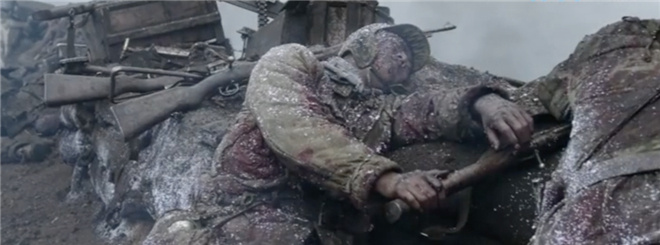
When evaluating excellent domestic war films, the two most common words are "truth", but this truth is enclosed in double quotation marks.
Prop design should also grasp the balance between restoring reality and artistic processing. Being too realistic and bloody will bring psychological and physical discomfort to the audience and affect the artistic expression of the film.
"Props are a part of the violent aesthetics of war movies, and it is more necessary to restore the artistic truth, filter out the bloody parts, and then become an artistic creation to serve the idea of the whole movie. We have always stressed the need to make technology with stories, and technology should be hidden behind art, not before it, "Xue Song said.

With the development of domestic war films, Xue Song and the props team have been accumulating behind-the-scenes production experience, from The Eight Hundred’s injury effect design to The Battle at Lake Changjin’s corpse prosthesis production.
During the production of The Battle at Lake Changjin, the team developed a batch of wearable injury effects, including frostbite finger covers, foot covers, etc. It is easy to wear, and the preparation time is only 10 minutes, which can meet the close-up level shooting and can be reused, saving costs.
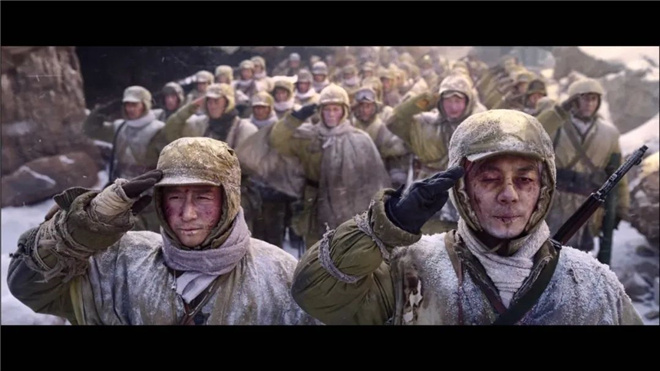
After The Eight Hundred, a special technical system of domestic war films was gradually established, including creation mode, production mode and service mode, which provided reference for subsequent film production.
At the end of the The Battle at Lake Changjin film, the "corpse prosthetic prop group" first appeared in the behind-the-scenes team of domestic films, which was only the beginning and a new starting point for the continuous breakthrough of domestic war films.